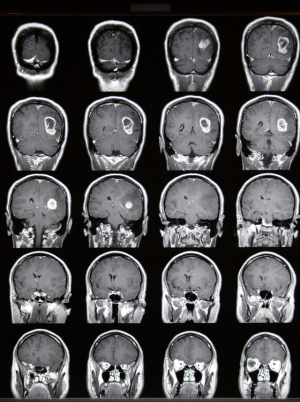
Understanding technology
costs is complicated
While expensive imaging techniques like CT scans and MRI get blamed for skyrocketing health care costs, a new study suggests early use of this equipment can actually save hospitals money by reducing the length of a patient's stay.
In a paper out in the April issue of the Journal of the American College of Radiology, doctors found having patients get an advanced imaging exam shortly before or almost immediately upon admission cut their stay by nearly a day.
In the study, calling for a CT, MR or nuclear medicine scan on the day before admission or the day of admission for all admissions of three days or more reduced the time in hospital from, on average, 9.0 to 8.6 days. Early abdominal CT and neurologic MR scans had the most robust results, cutting length of stay by around a full day on average.



Ad Statistics
Times Displayed: 53185
Times Visited: 4444 MIT labs, experts in Multi-Vendor component level repair of: MRI Coils, RF amplifiers, Gradient Amplifiers Contrast Media Injectors. System repairs, sub-assembly repairs, component level repairs, refurbish/calibrate. info@mitlabsusa.com/+1 (305) 470-8013
The researchers looked at 10,005 relevant admissions in 2005 using advanced imaging at Massachusetts General Hospital, a busy city hospital in Boston.
"There is no doubt that shortening length of stay is good for all those involved - better for patients to get healthier sooner and return to their lives, better for hospitals to eliminate unnecessary time on delayed diagnosis, and better for potentially reducing unnecessary costs," Dr. Juan Batlle, a radiologist at Mass General and the lead author of the study, told DOTmed News by email.
While a single day doesn't sound like a lot, it could add up. Inpatient costs are one of health care's biggest drains, accounting for nearly one-fifth of the cost of health care insurance premiums, and growing nearly 8 percent a year, according to the study.
What's more, the average cost of a single inpatient day is $2,129, according to Dr. Batlle. And as upward of 4,000 patients at Mass. General had early imaging scans (and therefore on average reduced stays), cutting down the length of one day on average could potentially have saved the hospital millions of dollars.
Still, it's too early to say if the hospital actually did save any money from early imaging, cautions Dr. Batlle. He points out that the last day of a hospital stay, which is the most likely to get cut, is often cheaper than the first day, which is the most expensive, because of possibly unavoidable costs associated with "initial testing, consultation and intensive care."
And the current study is only an observational one. Before naming a dollar figure on savings, Dr. Batlle would like to see whether patients chosen at random to have an imaging scan sooner actually left the hospital early, and to see if that reduced stay really did let the hospitals save cash.
Also, all scans aren't equal. In the study, the results were greatest for abdominal CT (8.4 vs 9.7 days); and neurologic MR (7.6 vs 8.7 days) scans.
While Dr. Batlle doesn't know why, he suspects that for some diseases early diagnosis allows faster treatment, such as with bowel obstructions, which can be picked up by CT scans.
Also, these exams might have a "triage factor," allowing doctors to rule out more dangerous pathologies immediately and also prevent ordering additional tests, which would require more time.
Nonetheless, Dr. Batlle believes the most important finding of his study is that controlling health care costs is complex.
"If the correlation demonstrated by the study is true, then reducing radiologic utilization could potentially increase health care costs," he argues. "The task should be to examine utilization in all areas and how they interact with each other...so that a more intelligent approach to reducing costs can be identified."

